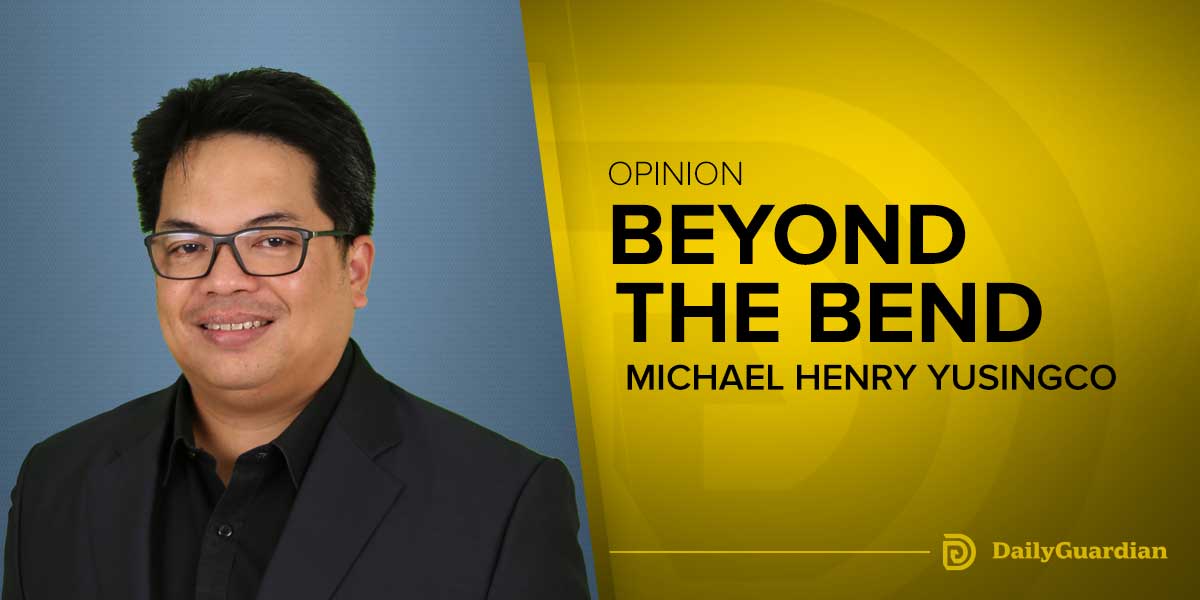By: Michael Henry Yusingco
Constitutional change will not eventuate if the polity is not completely convinced there is a need to do so. In the Philippines, members of the legislature have not been able to engage in political contestations involving prescriptions of the 1987 Constitution to the depth and level that would have enabled them to exercise their power to amend or revise it.
Both the voting public and the Supreme Court, exercising its power of judicial review, have been formidable deterrents to lawmakers being able to present credible challenges to the existing constitutional order.
Congress, or any political group for that matter, has never been able to proffer a strong argument that there is a need to change the current constitution. Indeed, a rationale for charter change that is convincing enough to overcome the three impediments enumerated here has not been laid on the table.
The most notable facet of the constitutional reform saga of the Philippines is that charter change initiatives are essentially political projects of incumbent high-ranking public officials. Apart from their supporters, there is generally a disconnect between the public-at-large and the charter reform effort.
Therefore, the main talking-points accompanying these campaigns have always revolved around the personalities leading it and their motivations. The role of the people in constitutional reform has always been glossed over in the public discourse.
Indeed, the contribution of the people in the process of arriving at the decision to amend or change the 1987 Constitution has largely been ignored, both by the proponents of charter change and by Filipinos themselves.
Pertinently, according to the Guidance Note of the Secretary-General- United Nations Assistance to Constitution-making Processes:
“A genuinely inclusive and participatory constitution-making process can be a transformational exercise. It can provide a means for the population to experience the basics of democratic governance and learn about relevant international principles and standards, thus raising expectations for future popular engagement and transparency in governance. Inclusive and participatory processes are more likely to engender consensus around a constitutional framework agreeable to all.”
Clearly, the constitutional reform process ought to involve the ardent participation of the people themselves. The constitutional reform effort must not be the exclusive domain of political elites. On the contrary, the effort itself must be a paragon of civic engagement for it to deliver the desired outcomes. So, instead of simply presenting a pre-determined set of amendment proposals to the people, another approach to charter change is to include the people in deliberating on the 1987 Constitution itself and the possibility of it needing changes.
A deliberative process underpinning constitutional reform can potentially make the entire exercise more inclusive. Meaning, it can facilitate active participation within the polity. It can provide a chance for those voices, who can easily be marginalized in a government-led advocacy campaign, to be heard and be considered.
It must be noted though that adopting the deliberative approach requires a high degree of openness and honesty from the participants. Therefore, the deliberations themselves must be a safe space. People who will participate must be prepared to make intelligent and coherent arguments, while at the same time be willing to understand and critically engage with the arguments of others. More critically, participants must not be averse to the possibility of being persuaded by the better argument.
Concretely, these “deliberative” sessions can be undertaken via the Barangay Assembly apparatus. The barangay is the smallest political unit of the Philippine state but by statutory mandate, it is also a forum wherein the collective views of the people may be expressed, crystallized and considered.
And even though dissecting constitutional issues pertaining to good governance, economic prosperity, liberal democracy and social justice does not exactly fall within the powers of the Barangay Assembly, the reality is this mechanism is still the most convenient way to gather ordinary citizens and give them the opportunity to speak out and be heard.
Instead of just roadshows, the Inter-Agency Task Force on Federalism and Constitutional Reform (IATF} can organize and moderate these community level deliberation sessions with the targeted output of a position paper outlining pathologies in the 1987 Constitution and the concomitant remedial action that must be undertaken. These position papers can then be collated and analysed by the IATF and derive from it a set of proposed amendments. This list can then be formally endorsed to Congress to be utilized as the impetus for the revision process.
The deliberative ethos as well as the ardent participation of the people can bring the charter change initiative further than past attempts have done so far. An organized structure wherein the people can discuss openly and freely the question of which mode is appropriate to take, whether via constituent assembly or constitutional convention, would certainly increase the chances of a consensus on this matter being reached.
The contentious issue of the two chambers of Congress voting as one or separately could be resolved amicably as well. Obviously, this proposed approach will afford the polity to assert its right and responsibility to analyse and critique their constitution. Which at the very least, could finally unravel the true sentiment of Filipinos on whether there is truly a need to amend or change the 1987 Constitution.





















